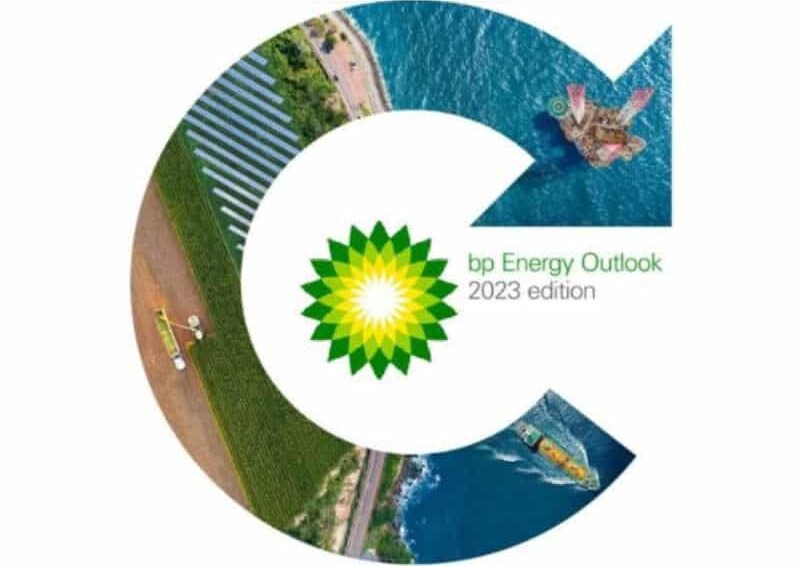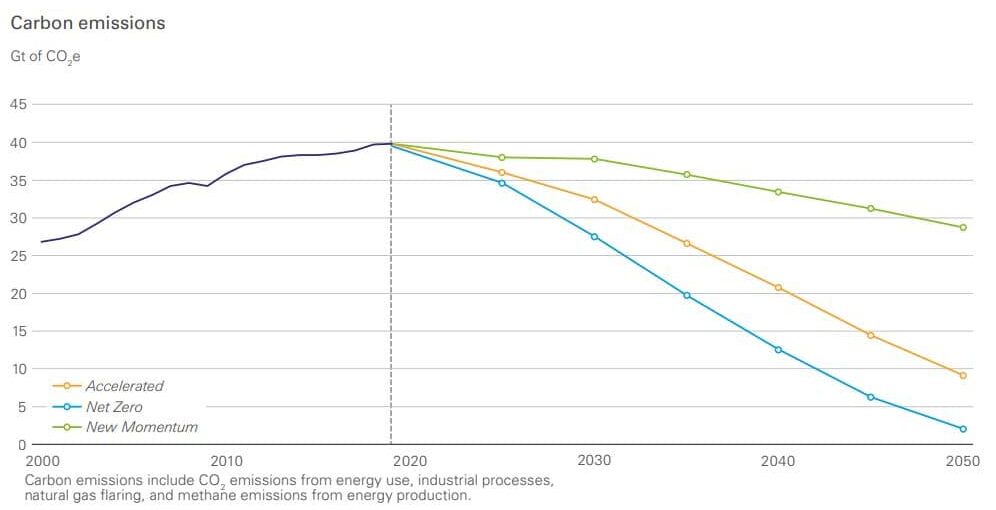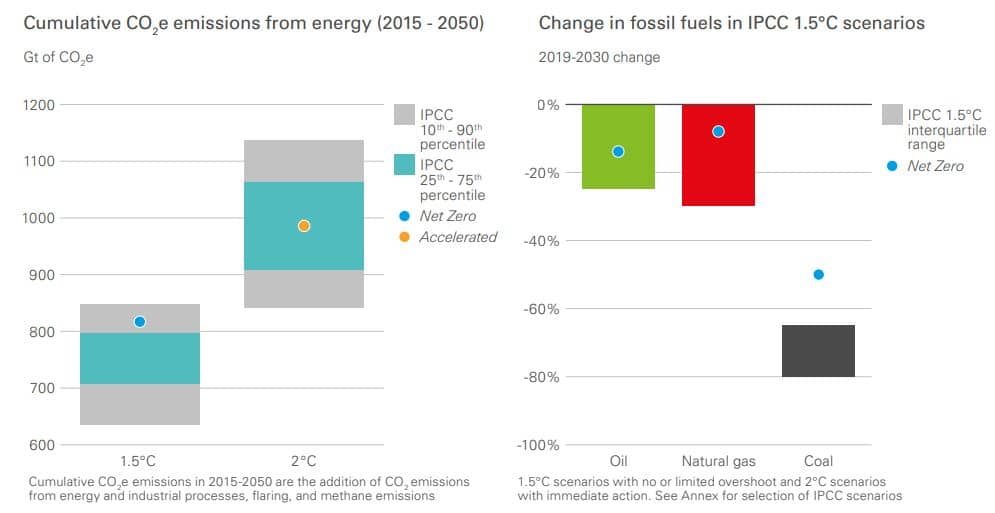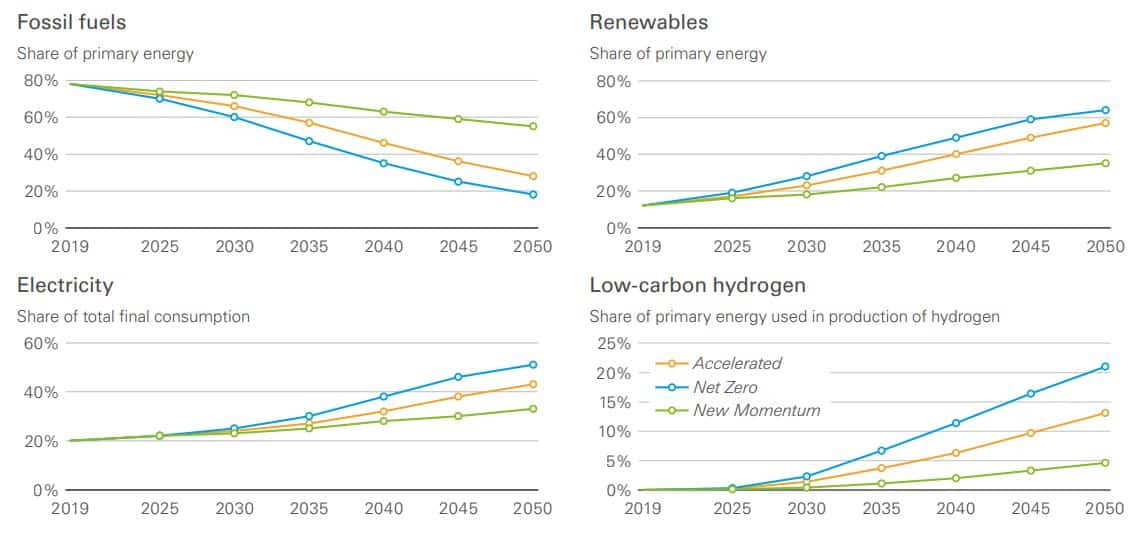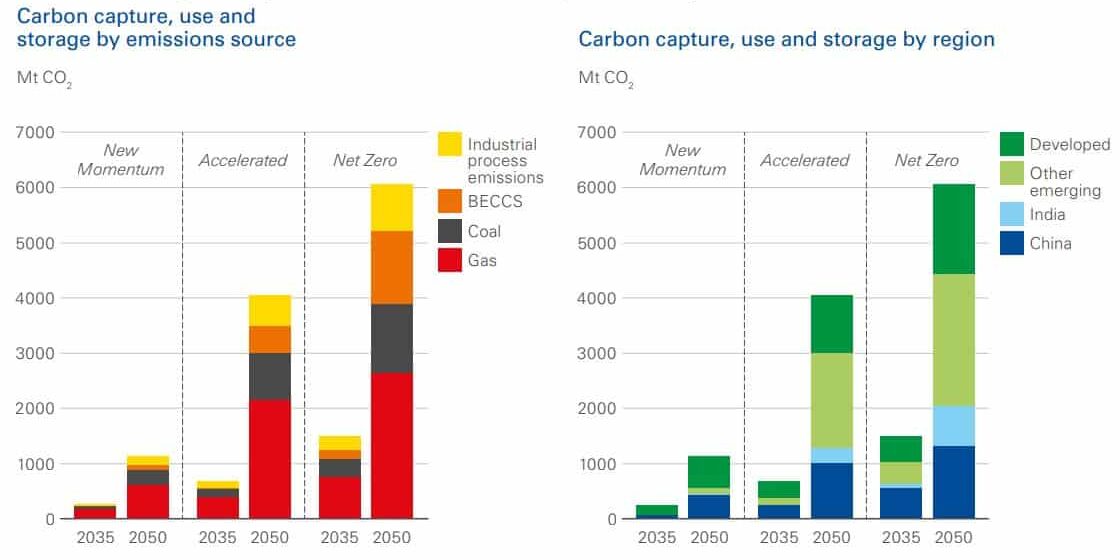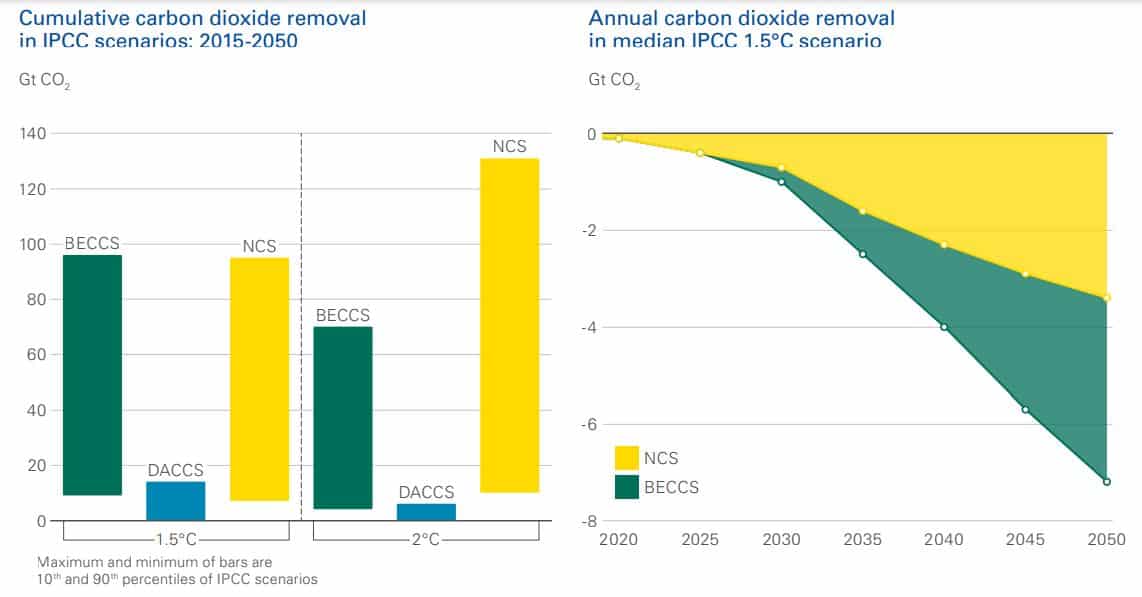BP Energy Outlook 2023 unlocks the key trends and insights surrounding the global energy transition out to 2050.
The 2023 Energy Outlook’s three main scenarios – Net Zero, Accelerated, and New Momentum – are meant to explore possible outcomes for the energy system over the next 3 decades. This will help the oil and gas supermajor to devise a strategy that’s resilient to various ways in which the energy system transitions.
It includes major developments from last year such as the U.S. Inflation Reduction Act and the war between Russia and Ukraine. bp’s chief economist, Spencer Dale, noted:
“Global energy policy and discussions in recent years have been focused on the importance of decarbonising the energy system and the transition to net zero. The events of the past year have served as a reminder to us all that the transition also needs to take account of the security and affordability of energy. Any successful and enduring energy transition needs to address all three elements of the so-called energy trilemma: secure, affordable and lower carbon.”
2023 Outlook of the Energy Transition
3 Scenarios Exploring the Uncertainties of Energy Transition
The three scenarios are not predictions of what is likely to happen nor what bp would like to happen. Instead, they only capture a wide range of the outcomes possible for global energy transition out until the mid-century.
Accelerated and Net Zero explore how different elements of the energy system may change to achieve large carbon emissions reductions by 2050, by 75% (relative to 2019 levels) in Accelerated and 95% in Net Zero. Both scenarios assume that there’s a significant tightening in climate policies.
New Momentum reflects the broad trajectory of the global energy system. It emphasizes substantial increases in climate pledges in recent years. Under this scenario, carbon emissions peak in the 2020s and are around 30% below 2019 levels by 2050.
Net Zero also shows a shift in societal behavior and preferences to support gains in energy efficiency and the adoption of low-carbon energy. The CO2 emissions left in this scenario can be eliminated by either additional changes to the energy system or by deploying carbon dioxide removal (CDR).
Scenarios in Line with “Paris Consistent” IPCC Scenarios
The pace and extent of decarbonization in Accelerated and Net Zero are broadly in line with IPCC scenarios that are consistent with 2ºC and 1.5ºC.
As seen in the chart above, the fall in fossil fuels and industrial emissions in the IPCC scenario is largely due to a 75% decrease in global coal consumption by 2030.
The fall in coal consumption in Net Zero by 2030 is smaller compared to the decline in oil and natural gas. This goes to say that coal remains an important fuel in emerging economies where demand for energy is expanding.
4 Trends Dominating the Future of Energy
bp’s energy transition outlook for 2023 further reveals the key trends that will dominate future energy demand, including:
- A declining role for hydrocarbons
- Rapid expansion in renewables
- Increasing electrification
- The growing use of low-carbon hydrogen
Key Trends Impacting Future Energy Demand
Consumption of fossil fuels falls down in all three energy transition scenarios in the 2023 Outlook. Their share in primary energy declines from 80% in 2019 to around 55% to 20% by 2050. This is the first in modern history that there’s a continued decrease in any fossil fuel demand.
Meanwhile, all other three trends show sustained increases in demand.
Renewable energy includes wind, solar power, bioenergy, and also includes geothermal power. The rise in renewables offsets the falling role of fossil fuels. Their share will go up as much as 65% by 2050 because of stronger policy support for low-carbon energy.
The big importance of renewables is also driven by the growing electrification of the energy system. The share of electricity in energy use goes up from only 20% to between 35% and 50% by 2050.
Lastly, the growing use of low-carbon hydrogen in hard-to-abate processes that are difficult or costly to electrify supports the decarbonization of the global energy system. This is particularly true in both Accelerated and Net Zero scenarios. The energy used producing low-carbon hydrogen rises to between 13-21% by 2050 in both scenarios.
CCUS and CDR in Decarbonization Pathways
CCUS Role in Enabling Deep Decarbonization Pathways
Carbon capture, use and storage (CCUS) plays a central role in supporting the transition to a low-carbon energy system by:
- Capturing industrial process emissions
- Acting as a source of carbon dioxide removal
- Abating emissions from the use of fossil fuels
In all 3 scenarios, around 15% of the CCUS operating in 2050 is used to capture and store non-energy process emissions from cement production. CCUS achieves 4 to 6 GtCO2 by 2050 under Accelerated and Net Zero, with only 1 GtCO2 in New Momentum.
By region, the greatest use of CCUS with natural gas is in the US, followed by the Middle East, Russia, and China. In Accelerated and Net Zero, over 70% of the global deployment of CCUS in 2050 is in emerging economies, led by China and India.
This requires a very rapid scale-up of CCUS in these countries relative to their historical levels of oil and gas production, which can be used as an indicator of the geological suitability and engineering capability to develop industrial-scale CCUS facilities.
CDR is Necessary to Reach the Paris Climate Goals
Climate scientists at IPCC stated that carbon dioxide removal (CDR) is necessary to achieve the Paris climate goals. CDR includes bioenergy combined with CCUS (BECCS), natural climate solutions (NCS), and direct air carbon capture with storage (DACCS).
BECCS offers the benefit of creating useful energy and negative carbon emissions. But what limits its full potential is the sustainability of the biomass used and its other uses.
NCS conserve, restore or manage forests, wetlands, grasslands and agricultural lands to increase carbon storage or avoid GHG emissions. They can have co-benefits, such as promoting biodiversity, but it can be hard to ensure and monitor their permanence.
DACCS is a process of capturing CO2 directly from ambient air and then storing it. This CDR tech is scalable and offers certainty on additionality and permanence. But their costs are high relative to other forms of CDR.
The IPCC 1.5ºC scenario includes a rapid scale-up of both NCS and BECCS. Together, they will reach over 7 GtCO2 per year by 2050.
The 2023 Energy Outlook is to inform bp’s strategy and to contribute to the wider debate about what shapes the energy transition to net zero. But it’s only one source among many when considering the future of global energy markets. And the oil and gas giant is also using other external analysis and information when deciding on its long-term strategy.

